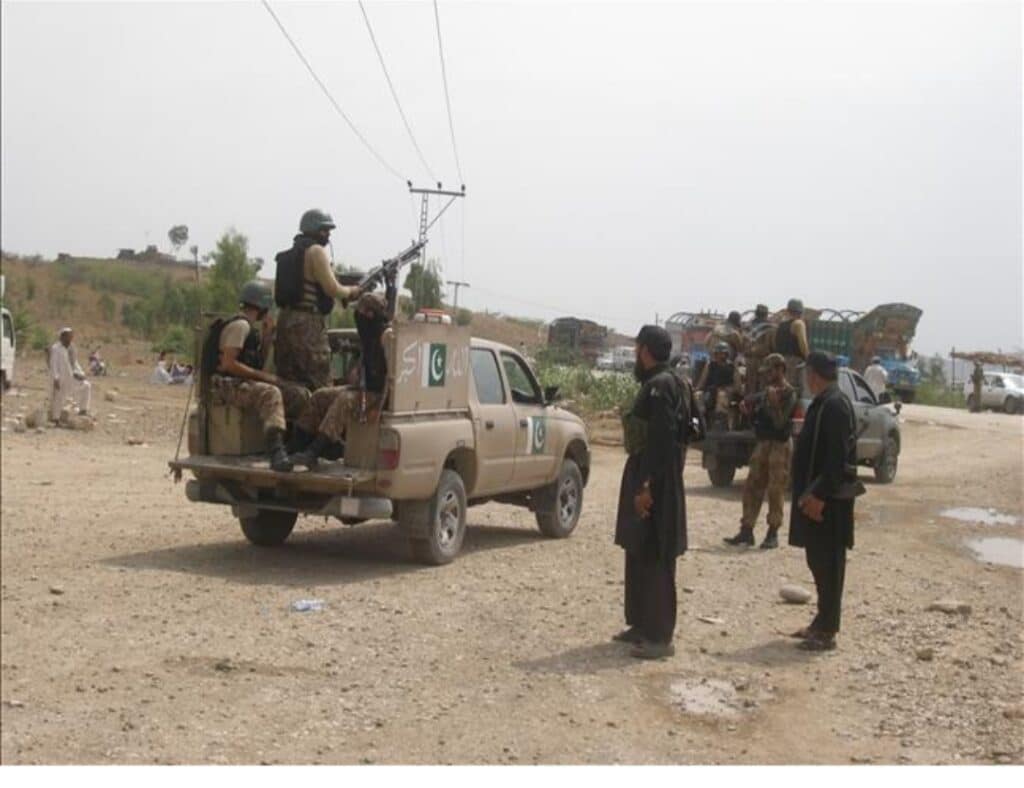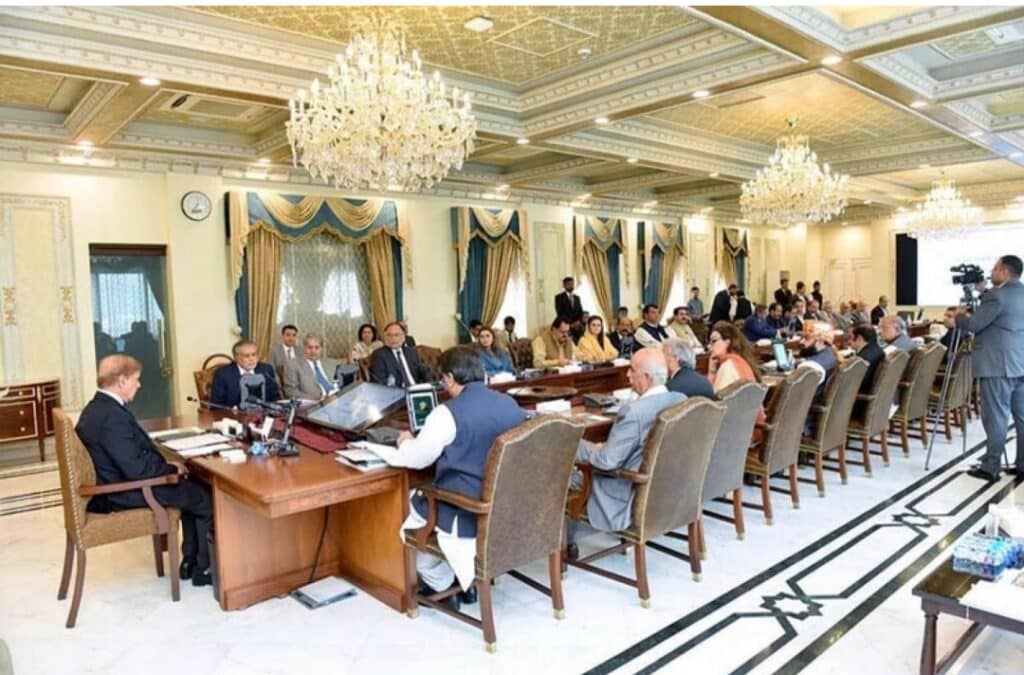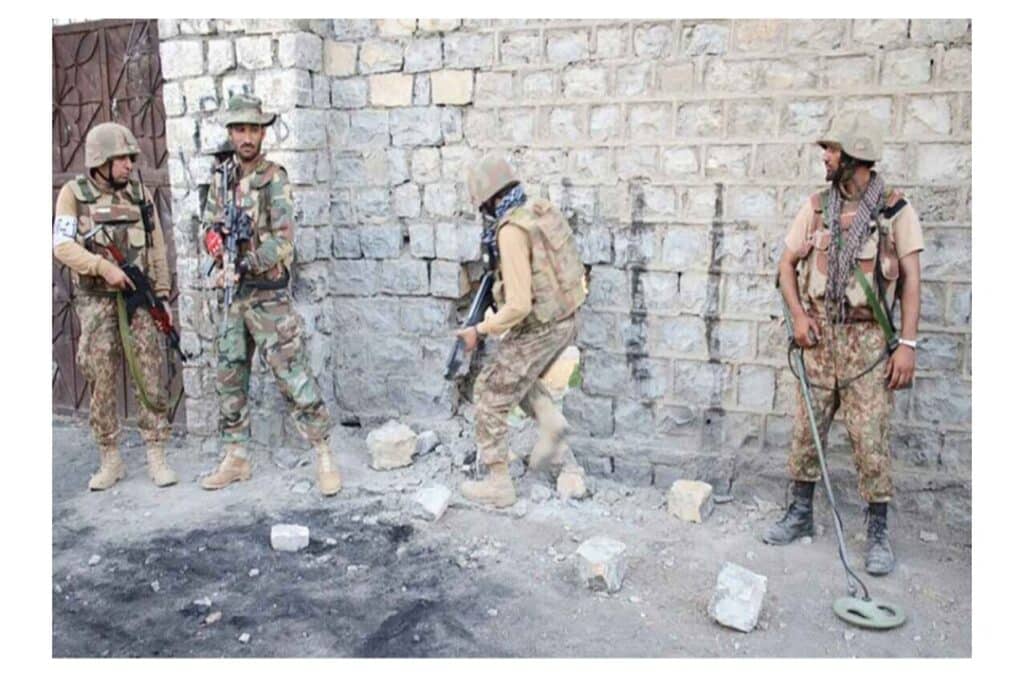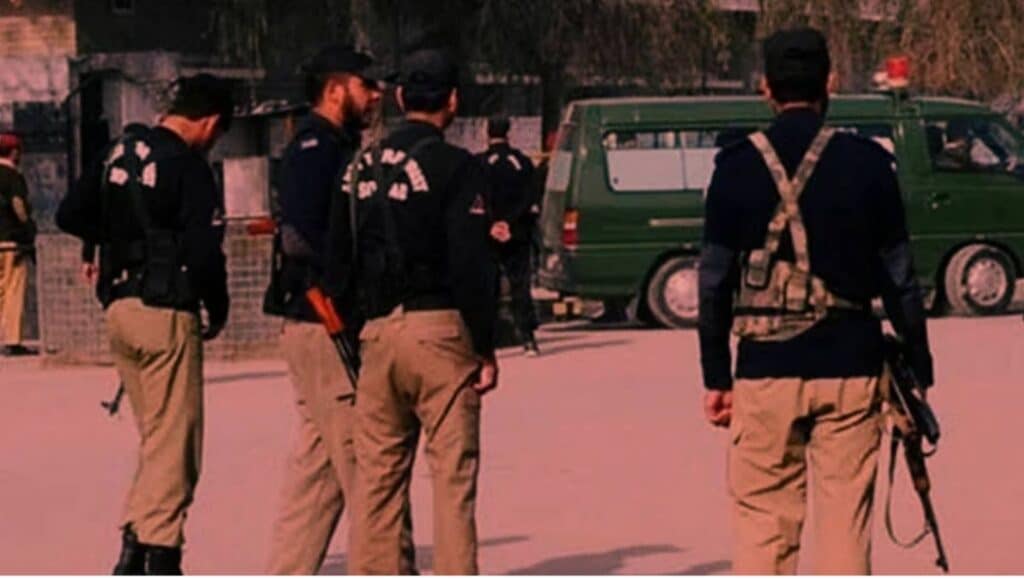A 17-year-old girl, Farkhunda, has died under circumstances that raise serious questions about the Taliban’s governance, human rights record, and internal cohesion. Found dead at her husband’s residence in Kabul on 15 November, roughly six weeks after her marriage, the Taliban claim she died of a stroke. Independent sources and rights activists, however, insist the circumstances point to foul play, highlighting systemic abuse and forced marriages that continue under Taliban rule.
Farkhunda’s case illustrates the Taliban’s blatant disregard for women’s rights. Despite the UN Convention on the Rights of the Child categorising anyone under 18 as a child, she was married off and placed in a vulnerable situation. Reports suggest her husband agreed to the marriage under family pressure, with his family reportedly connected to influential Taliban officials, shedding light on how the Taliban shield their own members even in criminal or morally questionable acts.
The incident also underscores the Taliban’s intolerance for dissent and independent thought. Anyone who challenges the group’s decisions risks retaliation, including death, and social media reactions indicate that Farkhunda’s death is part of a broader pattern of repression targeting women and young people. Activists and academics have publicly condemned the circumstances, with calls for independent international inquiries growing louder.
Beyond its human rights implications, the case reflects deeper fractures within the Taliban itself. Months-long disputes over a goldmine in Badakhshan have revealed tensions between Afghan and Tajik Taliban factions. These internal rifts not only threaten cohesion but also expose the weakness of the Taliban supreme leader, Sheikh Hibatullah Akhunzada, whose inability to assert authority even in routine transfers, appointments, and administration decisions highlights a governance system riddled with factionalism.
Farkhunda’s death has sparked widespread outrage online. Social media voices describe the incident as femicide, a “death trap for young girls,” and a grim reflection of the broader oppression women face under Taliban rule. The Taliban’s narrative and protective stance over influential families and officials further intensifies public distrust, revealing a regime that enforces power through fear, punishes dissent, and perpetuates structural violence against the most vulnerable.
This tragic case is a stark reminder that under Taliban rule, Afghanistan continues to suffer a convergence of human rights abuses, internal factional disputes, and impunity for those in power — all at the expense of ordinary citizens, especially women and children.





